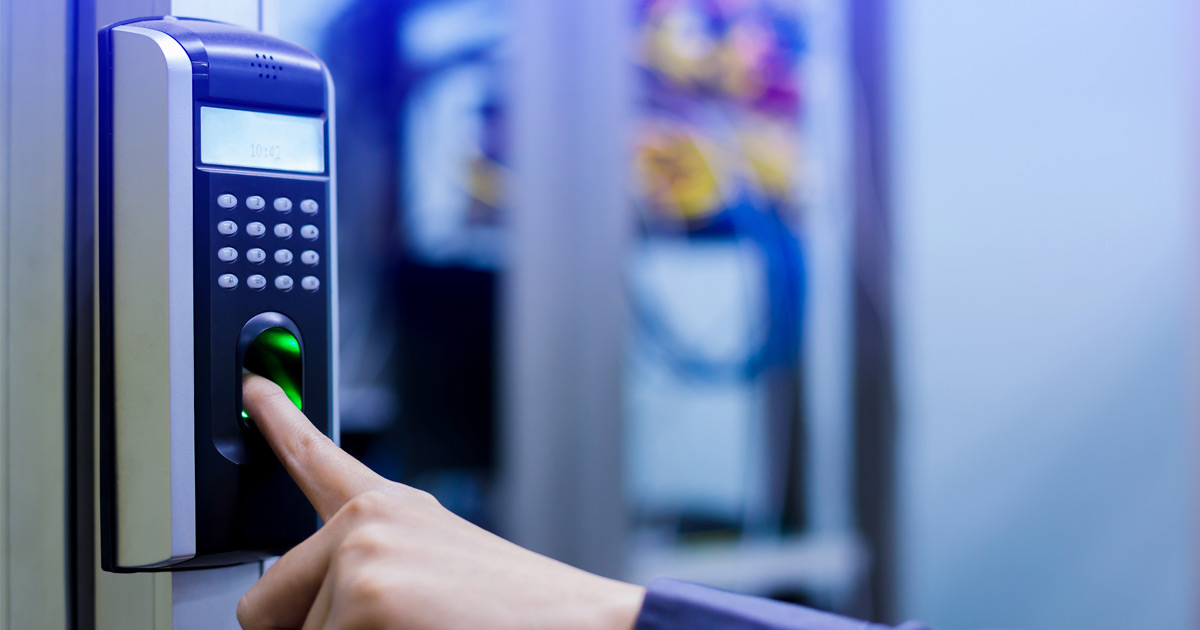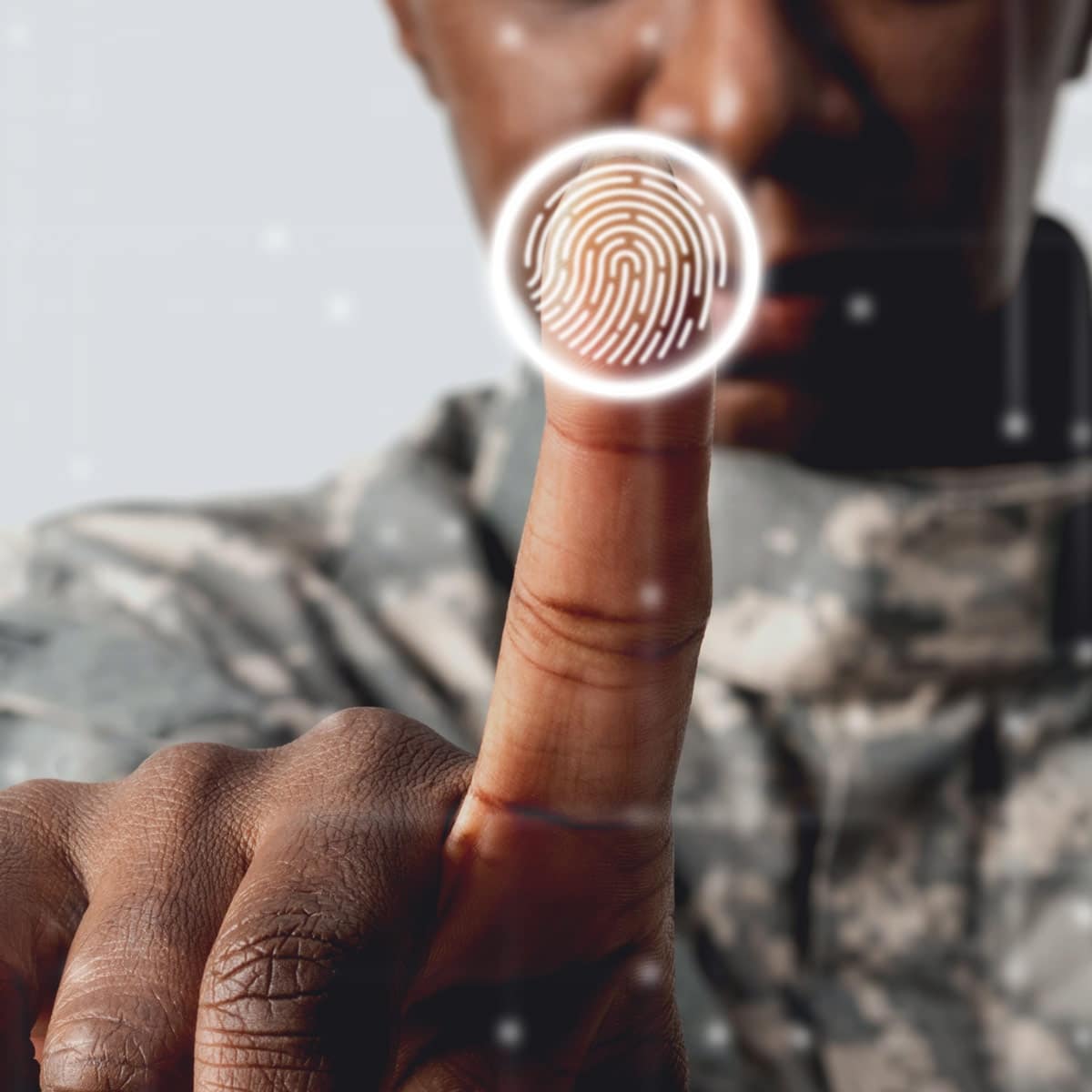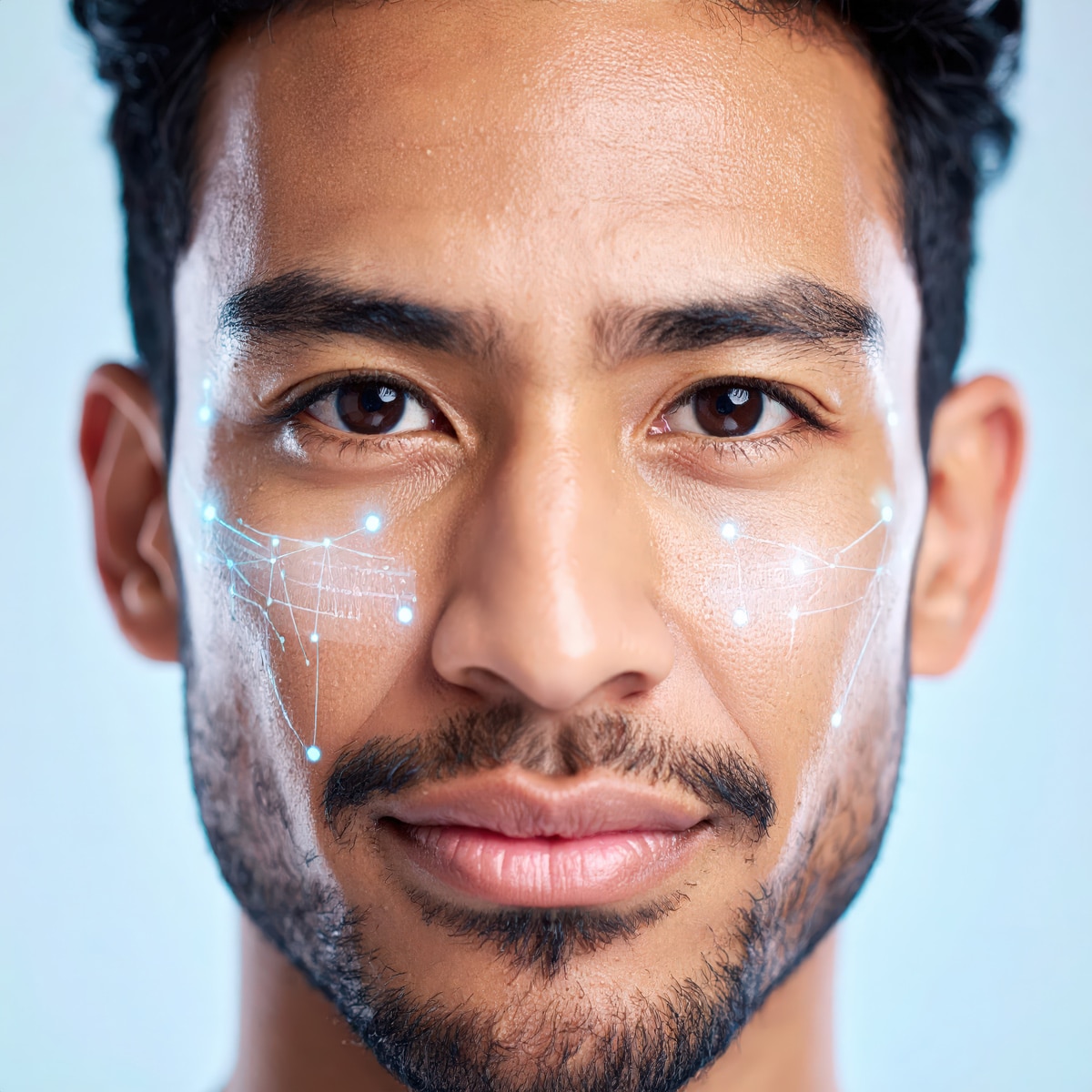What is Access Control?
Access control is the selective restriction of access to a system or space. It’s comprised of two components: authentication and authorization. Authentication is a technique used to verify that someone is who they claim to be. However, authentication alone is not sufficient when it comes to complete protection. Authorization adds an additional layer and determines whether a user should be allowed to access the space or the data.
Almost all businesses require an access control system. Healthcare may need to limit who has access to a surgical suite. Government buildings may need to restrict physical entry to their offices. Universities have strict privacy laws and need to protect student records. Every industry has private or sensitive information, physical spaces, or both that need strict protocols to limit who accesses them. Tracking access to systems and places is also an important security measure in the event of a theft or data breach.
Access controls are central to data privacy-related regulations and zero-trust security. The zero-trust security model requires users to have both authorization and the requirement to authenticate themselves before they can access or modify any systems or data—and they must continue to do so to maintain access.
What Are Types of Access Control?
There are two ways to control access: physically, where people can enter brick-and-mortar spaces such as rooms and buildings, and logically, where people can access shared drives and virtual spaces.
Physical Access Control
Physical access control limits and tracks who has access to sensitive physical spaces. Courtrooms and college campuses may need restricted access to protect those who use those spaces. Server rooms that house system files and data also need to be protected. These are spaces where unauthorized uses could damage organizations or harm individuals.
Logical Access Control
Logical access control limits and tracks who has access to sensitive data, system files, or computer networks. Shared drives and computer-related virtual spaces are also critical areas in need of security.
Access control can be handled in a wide variety of ways. Physical access control may be as simple as a locked doorknob or as advanced as fingerprint or encrypted card readers. Logical access control can range from simple password-protected access to more advanced data models that govern an individual’s role within an organization and what they can electronically access.
What Are the Benefits of Access Control?
Keep Unwanted Visitors Out
The most important benefit of access control systems is that they keep unwanted visitors out. Every door that opens and closes can be tracked and kept secure with access control for physical spaces. For logical spaces, logins can be tracked. This way, the business knows who is inside and who is trying to get inside at all times.
Allow Employees to Come and Go
Have you ever worked at a facility that requires a manager to come around with keys and secure areas after staff is done for the day? With access control security, that need is eliminated. This saves money for your business and allows employees to act independently.
Keep Track of Who Enters and Exits
Allowing employees to come and go is certainly one benefit of access control, but tracking their comings and goings is also a key contributor to security. This creates a record of who accessed a physical or logical space and when, so if there are any breaches, you’ll be able to locate who had access to a specific area and the date and time they had access.
Controlling Access Times
Just because someone has access to a highly sensitive area or digital space doesn’t mean they should have access around the clock. An access control security system can limit that access to the days and times specified. This layered control makes environments more flexible while still maintaining security.
Problems with Access Control
Relying on Physical Access Devices
Keys and keycards can be lost, forged, or damaged, and they can be lent or sold to nefarious third parties. A physical access device is only as secure as the person who holds it, and that person can allow it to change hands. If a key or keycard is stolen, it may even require broad changes to an access control system since some rely on “master” keys that have wide access across a secure area. Tracking these master keys is also complex. Keycards eliminate some of these problems, but they are not inexpensive or environmentally friendly, especially for larger companies that need to issue a lot of them.
Passwords Are Not Secure
Logical control often relies on passwords, which can be forgotten, hacked, or shared, leading to a security risk or breach for people who use the same password across multiple accounts. If passwords are shared or stolen, the ability to track who accessed physical or logical spaces becomes moot since the records would reflect “authorized” access that was actually unauthorized.
It Can Be Expensive
Creating a key or keycard for every user costs time and money. Rekeying doors or systems after a breach is time-consuming and expensive as well. Equipment can also become outdated, which requires costly updates.
It Can Be Complex
For doors and hardware to operate in an access control environment, they often require specialized controls, which are costly to install and maintain. Access control may require different types of technology across an organization to provide proper security.
How Can Biometrics Help with Access Control?
Biometrics add an additional layer of security to access control systems. Biometric access control involves the user identifying themselves with their own physical characteristics instead of just something they have like a key or something they know, like a password.
Biometrics allow for ease of movement. If someone has to scan their face to enter a physical or logical space, it’s much quicker and easier than juggling a keycard, remembering to carry a key, or even typing a password. A scan of facial features, fingerprints, or voice can be done quickly and easily to allow controlled entry.
When considering a biometric access control system, consider that some biometric platforms lock organizations into an “ecosystem” where their proprietary hardware, such as fingerprint readers, must be used. It can be far better to align with a biometric platform that is hardware agnostic, allowing businesses to customize their access control security systems to their needs.
When biometrics are built into access control, users don’t have to carry or remember anything. That makes their access fast and secure and provides the tracking that organizations need to ensure that data and other business collateral remain secure.
Ultimately, biometrics can offer organizations increased security, reduced costs, and added convenience.



